By: Isabel Jalamov
Have you ever captured the essence of a flower in your sketchbook or recorded the dance of a butterfly in the margins of your journal? Last week, I had the pleasure of leading a nature journaling workshop at the Green Springs Mountain Loop Trail in the breathtaking CSNM, where a group of eager participants and I immersed ourselves in the natural beauty of this unique landscape.



Planning this workshop was an adventure in itself. The Cascade-Siskiyou National Monument, with its rich biodiversity and stunning vistas, was the perfect setting. I gathered all the necessary materials: sketchbooks, pencils, and field guides, and prepared a series of activities designed to engage both beginners and experienced journalers.
We began our day by spending some time orienting to the space and priming our brains to be mindful and observant throughout the day. Then, we dove into the art of nature journaling. We discussed the basics of the practice, its benefits, and practical tips for getting started. Our group, a mix of solo explorers and seasoned journalers, eagerly dived into the initial exercises. We started with simple observational sketches of nearby plants, rocks, and other things that caught our eyes, focusing on making meaningful observations.
After hiking a short stretch of the trail, we did an activity called “My Secret Plant”. Participants had to test their observation skills by creating an accurate journal entry which captures the essence of the plant they chose, in such a way that someone with no frame of reference could pick out the plant out of a small group of samples.



Lunch provided a welcome break and an opportunity for participants to relax, eat, and socialize. Many took this time to share their morning journal entries and continue looking for nature’s treasures, fostering a sense of community and mutual appreciation for each other’s work.
The afternoon brought with it a continued fervor to explore and note observations of interest. The first activity of the afternoon, known as “Zoom In, Zoom Out”, allowed us to think about and discuss the concept of scale. It was during this time I found that participants really began to form strong connections with the natural items they chose, and getting to know them on a deeper, almost personal level.
Our day came to a close with one final journaling activity. Participants chose to create field guides in their journals, classifying different species of lichen based on visual and tactile observations. The depth of observation and reflection in these entries was impressive.
As we wrapped up the session, we collected feedback from participants and provided information on further resources and potential future sessions. The positive feedback and expressions of gratitude were heartwarming. It was clear that this experience had made an impact on everyone involved. I am grateful to all the participants for their enthusiasm, creativity, and willingness to connect deeply with nature. This session was a beautiful reminder of the power of nature journaling to inspire, educate, and bring people together. It is my hope to continue to be involved in programs like this in the future.



